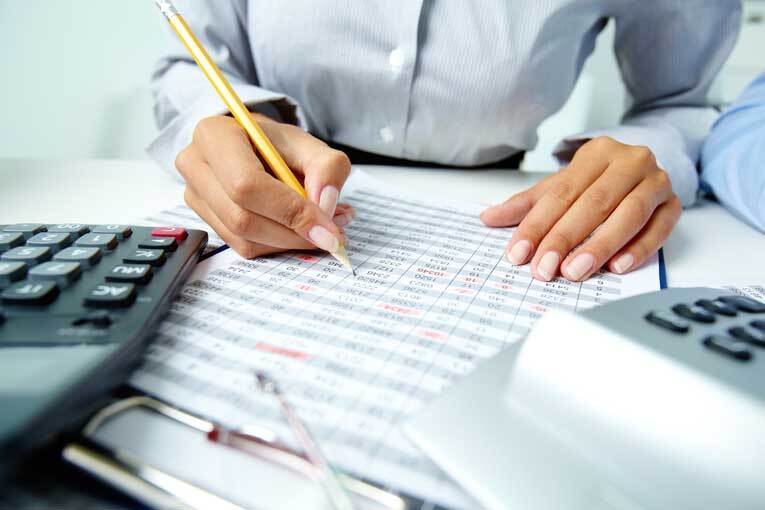Which VAT accounting scheme should I use?
1 Apr 2020

When registering for VAT, you must choose which scheme to use. The decision can be wickedly complex, but it could have a major impact on your finances, so it pays to understand each VAT scheme and how they work. The main schemes are ‘standard’, ‘flat rate’ and ‘cash accounting’.
This article covers
Standard accounting scheme
Under the standard accounting scheme, the amount you pay HMRC is the difference between the VAT amounts on your sales invoices and purchase invoices. This means you pay VAT on all sales invoices including those not yet paid and claim back VAT on all costs, including those invoiced but not yet paid.
The standard scheme might suit your firm if you think you will tend to reclaim more VAT than you pay, or if you buy a lot of goods and services on credit.
Cash accounting scheme
Cash accounting is designed to be a simpler alternative in which you pay and reclaim VAT only on paid sales and purchases. This is easier to calculate; can improve cashflow, especially if customers are slow payers; and avoids paying VAT on bad debts.
You do not need to apply to or tell HMRC when you start or stop using cash accounting - just note it in your VAT accounts.
Cash accounting may not be appropriate if you buy many goods and services on credit.
Which costs you can and cannot claim for is a complex area and an accountant may be useful.
Flat rate scheme
The flat rate scheme was designed to be an even simpler alternative that requires less record-keeping and calculation. On the flat rate, you pay VAT on paid invoices only but you cannot claim back VAT on costs, except for certain capital assets over £2,000.
The flat rate may not be for you if you have lots of zero-rated or exempt sales or buy lots of standard-rate (20%) items.
Instead of claiming on every cost, you pay a fixed rate to HMRC that is less than the 20% charged on most goods and services. This creates a big financial bonus for some firms.
However, the rate you pay varies between 4% and 14.5% according to your sector. For example, post offices pay 4%, food manufacturers pay 9%, and solicitors pay 14.5%.
So, if you are a post office on 4%, and you sell £120 of goods, including £20 of VAT, the amount you pay to HMRC is £4.80 (£120 x 4%). This means you make an extra £15.20 for every £100 of sales.
But a solicitor on 14.5% would pay £17.40 (£120 x 14.5%). So they would make only an extra £2.60 for every £100 of sales.
In 2017, the government introduced a further rule stating that if your cost of sales are £1,000 or less, or 2% of your turnover or less, you are classed as a ‘limited cost trader’ and have to pay an even higher rate of 16.5%. This minimises the benefit of being on the flat rate for such firms.
If your costs fluctuate above and below 2% or £1,000, you can stay on the flat rate scheme at 16.5% when your costs are below the threshold and move to your relevant sector rate when costs go above it.
However, since 2017, many limited cost traders will have considered moving to cash accounting or de-registering for VAT.
Accounting software
Whichever scheme you use, good accounting software will help take the pain out of the paperwork. Use our review page to select a package that suits your needs.


